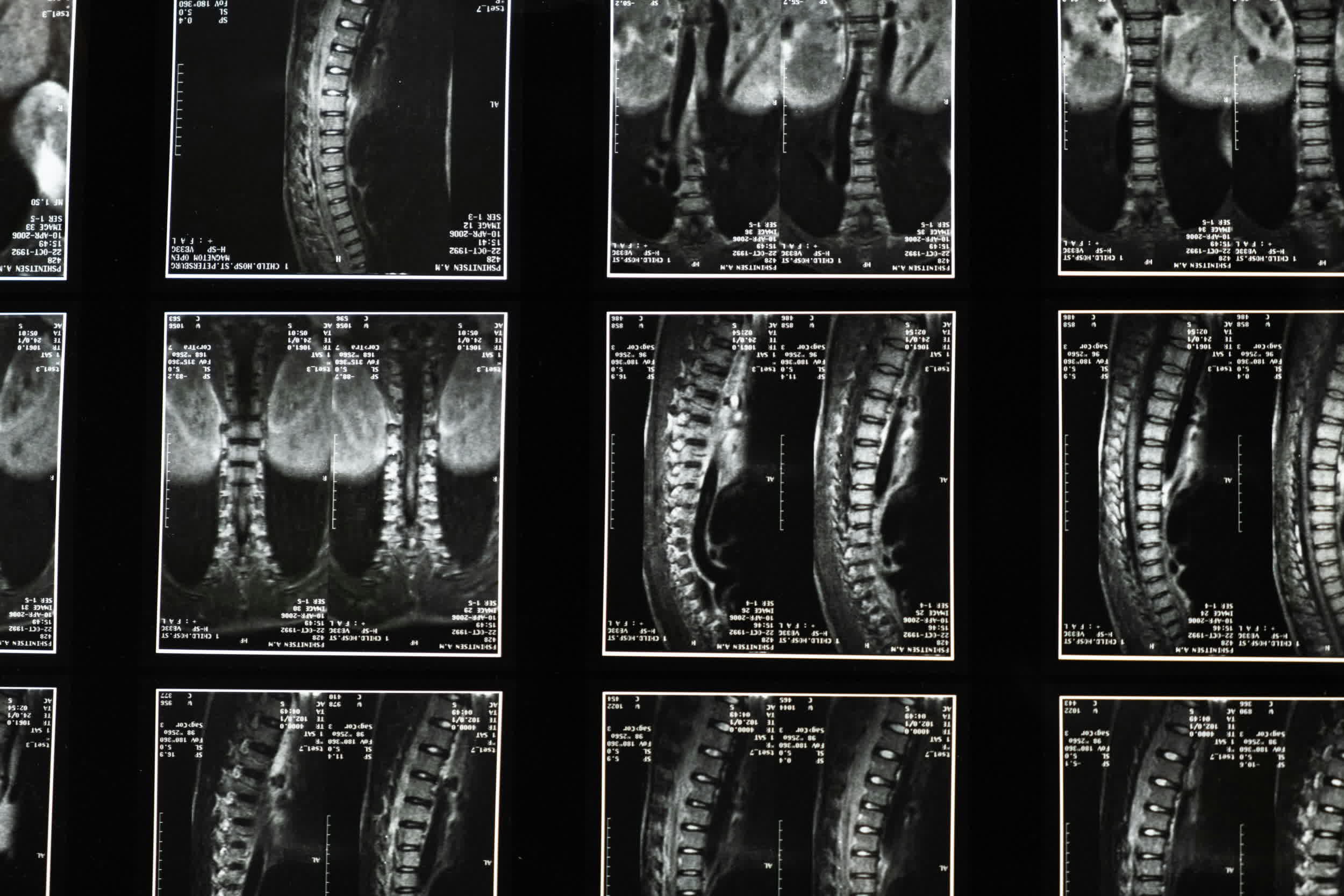Overview: Almost twenty years ago, Shinya Yamanaka and Kazutoshi Takahashi uncovered the possibility of reverting mature somatic cells into stem cells. These innovative cells were envisioned as vital for regenerative therapies targeting severe injuries and various conditions. A Japanese research team has now reported initial encouraging outcomes from this groundbreaking advancement.
Scientists at Keio University have initiated the use of induced pluripotent stem cells (iPS) to potentially heal critical spinal cord injuries. This iPS technology was pioneered by Shinya Yamanaka in 2006, for which he later received the Nobel Prize alongside John Gurdon for demonstrating the reprogramming of adult cells back to their pluripotent, stem cell-like status.
The Keio team embarked on this iPS-based treatment shortly after Yamanaka’s announcement of his breakthrough. Recently, during a press conference, physiology professor Hideyuki Okano and his team shared findings from their initial clinical trial involving iPS cells. They implanted pluripotent stem cells into four patients with spinal cord injuries, aiming to stimulate the growth of millions of new neural cells.
Okano mentioned that two of the patients experienced “some” recovery of motor function, with one individual regaining the ability to stand using a supportive device. Conversely, the other two patients did not show any improvement in their conditions, though they did not suffer adverse effects from the procedure.
The patients who received iPS cells had sustained their spinal cord injuries between 14 to 28 days prior to treatment. They were also administered immunosuppressants to avert rejection. Thus far, researchers have not observed any malignancy in the transplanted cells. The patient who regained the ability to stand is currently undergoing rehabilitation and may eventually recover the ability to walk.
In Japan, approximately 100,000 individuals are impacted by spinal cord injuries, with rehabilitation being the sole existing treatment aimed at enhancing their quality of life. Currently, only 10-12 percent of such patients achieve some degree of motor function recovery through rehabilitation; however, this new iPS technology has the potential to substantially elevate this percentage.
The Keio research team emphasizes that proclaiming their clinical trial a definitive cure for spinal cord injuries would be premature. While they deem the results a success, the small sample size necessitates caution in making broad claims. Nevertheless, having established the safety of iPS treatment, the researchers intend to pursue much larger trials through K Pharma, a venture capital entity created by Keio University.





